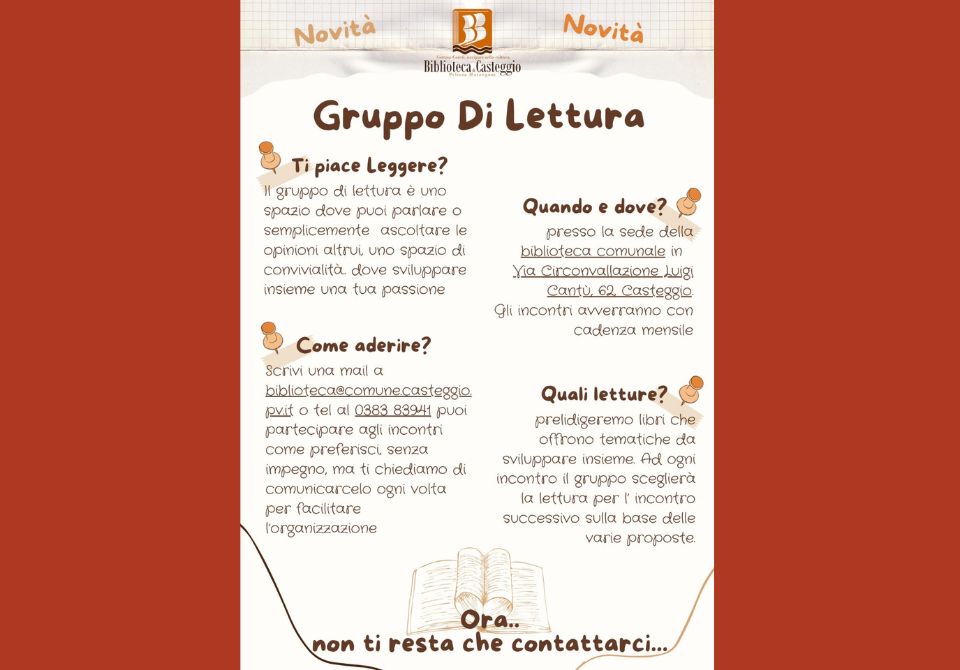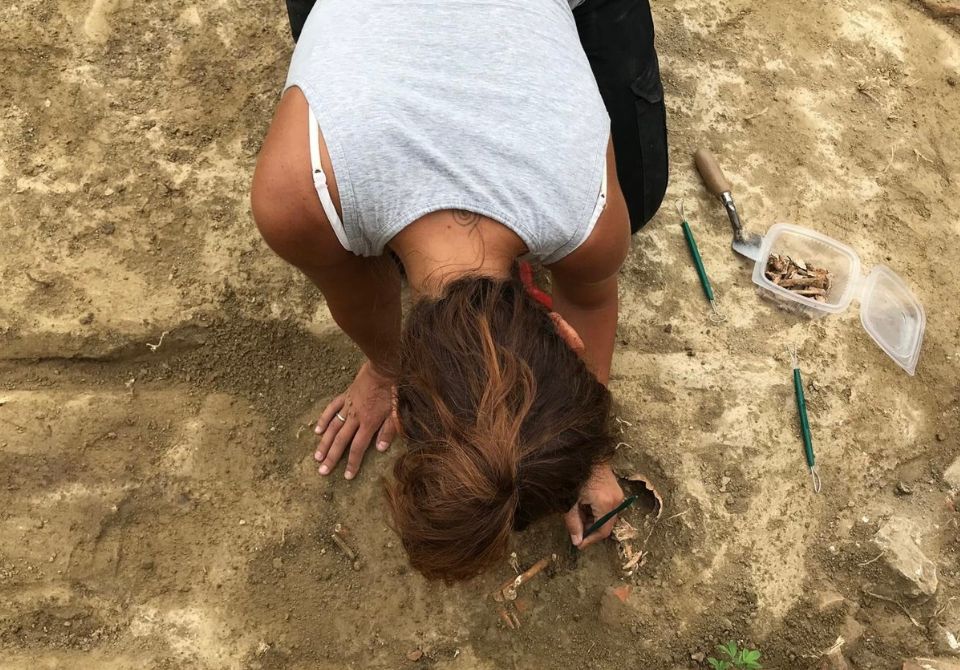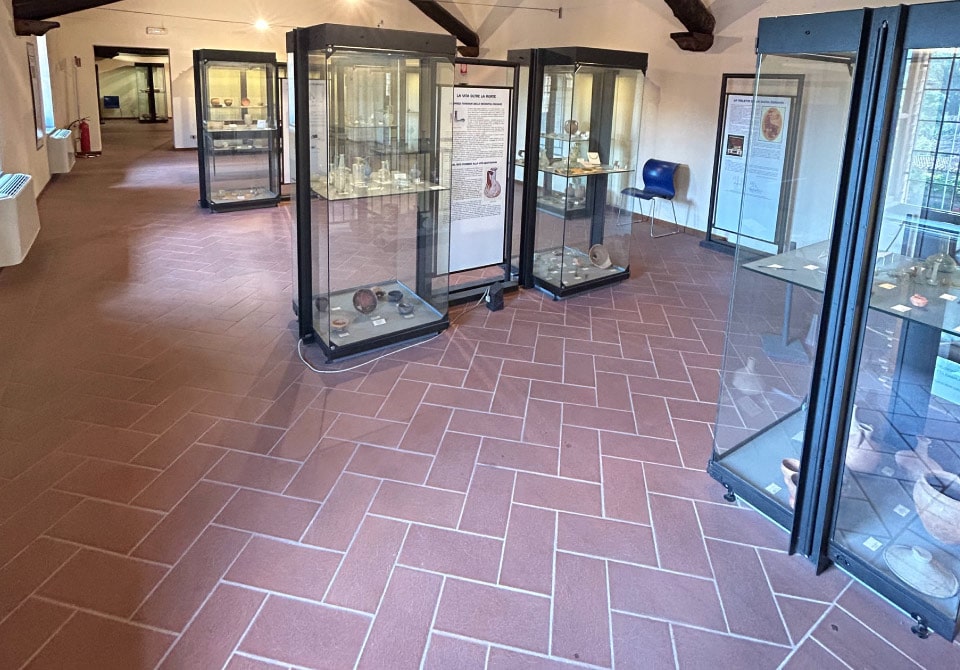
The new layout of the Civico Museo Archeologico di Casteggio e dell’Oltrepò Pavese was created thanks to the intuition of the Municipal Administration, which decided to give life to the project I LUOGHI DELL’ARCHEOLOGIA RURALE E INCLUSIVA NELL’OLTREPO’ PAVESE – Un nuovo allestimento per il MAC, then financed by GAL Oltrepò Pavese (co-financed intervention by FEASR with Operazione 7.5.01 AS “Incentives for local tourism infrastructures and services”) and by the Renzo and Federica Guarnaschelli Donation.
The Civico Museo Archeologico di Casteggio e dell’Oltrepò Pavese-MAC was founded in 1974 with a precise aim: to become the point of reference for archaeological culture in the Oltrepò territory. Keeping this line of intentions firmly in mind, the new layout, conceived in collaboration with Studio A7design of Pavia, concerted with the special Scientific Committee (with the endorsement of the competent Superintendency and the Museum System of the Lombardy Region) appointed for the occasion and with the Museum Management, the intention is to set up the exhibition spaces according to an innovative viewpoint that makes the chronological and archaeological datum dialogue with the environmental datum linked to the territory, with a specific point of view also directed towards innovations dedicated to didactics, museum inclusion and the new standards dictated by the National Museum System.
After an initial design phase in the studio, there followed 12 months of intense work involving numerous workers all working in the field of museum layouts and communication.
In the second half of September 2024, after a presentation of the works in May, the Museum will finally be reopened to the public with the intention of giving new voice to the millenary history of the entire Oltrepò Pavese.
The MAC is also part of the Sistema Museale d’Oltrepò.
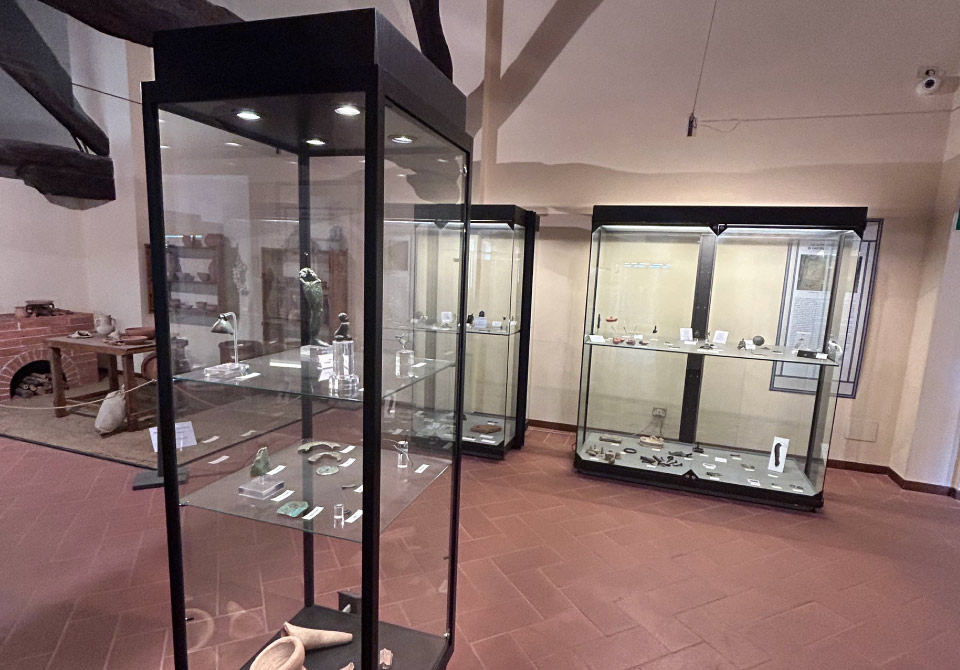
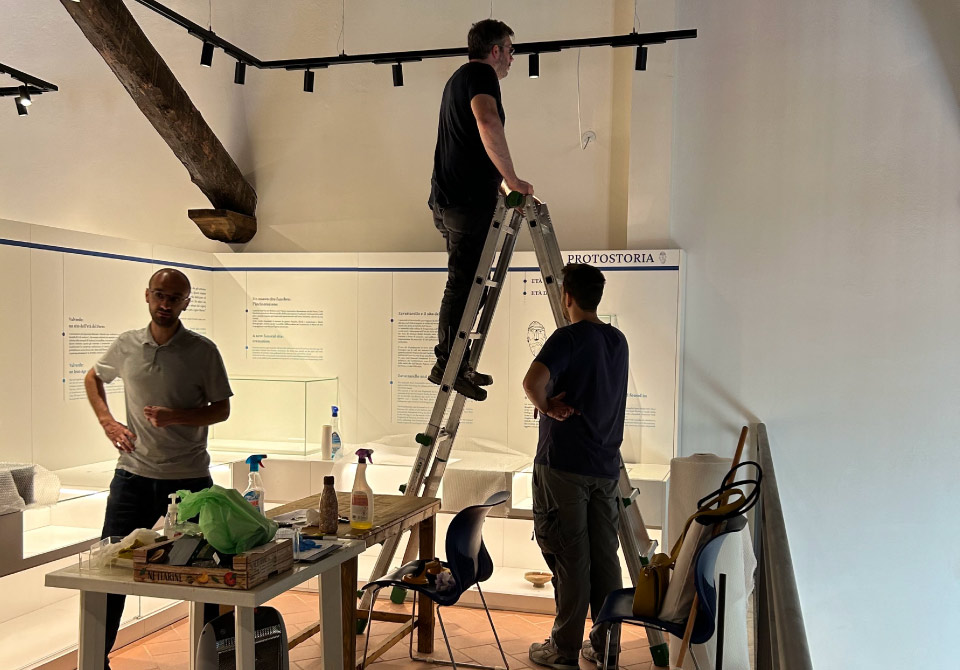
The MAC and the Neolithic artefacts found in the Staffora Valley
The Staffora Valley is certainly, for scholars of various disciplines, a rich reservoir of environmental and anthropic information, testifying to very ancient frequentations that lasted until contemporary times.
A borderland, but also a land of passage and encounter, from an archaeological point of view it has the merit of topographically hosting the oldest settlements in the entire Oltrepò Pavese area.
In the room of the Museum dedicated to the prehistoric era, material culture evidence from a Neolithic settlement investigated in 1982 in Cecima, in the locality of San Pietro, is exhibited. The impasto clay material, restored where possible, finds convincing parallels with the Vho pottery of Piadena (CR).
In all likelihood, the role of the Staffora torrent as a deposit of greenstone must have been so decisive that these people were driven up the Po and Oltrepadano torrents and settled in this location in the valley. In 1993, the Archaeological Superintendency investigated a similar settlement (bottom of hut, impasto ceramic fragments, lithic artefacts) in the municipality of Godiasco, in the locality of Montealfeo.
As already mentioned, at Rivanazzano Terme, on the left bank of the Staffora torrent, there must have existed in Neolithic times a real ‘workshop’ for the production of polished greenstone tools (axes, hatchets, hammers); this fact is testified to by the numerous pebbles found and exhibited, which show all the phases of eclogite and serpentinite working.
The finished products were found throughout the Oltrepò Pavese territory.
The Roman kiln at Massinigo
As far as the Roman era is concerned, one of the most emblematic sites in the Staffora Valley is the Roman kiln discovered in 1957 in the hamlet of Massinigo (municipality of Santa Margherita Staffora), which we invite you to visit, given the exceptional location.
Discovered in 1957 during the construction of the primary schools, the Massinigo furnace is one of the best-preserved examples in the Lombardy region.
Circular in shape, it is built of stone in the foundations and brick in the elevation. The perforated firing floor, which has a diameter of 4.10 m, is supported by a vaulted corridor that connects orthogonal walls set on the floor in the combustion chamber.
It must have been used for the manufacture of bricks, as evidenced by artefacts of this kind (mainly tiles) recovered during the excavation.
Archaeomagnetic analyses indicate that the last use of the structure dates back to the beginning of the 1st century AD. This is the only archaeological document known so far in the area: it is therefore still unknown when and by whom the kiln was implanted and to which habitation or rustic settlement it was connected. The renovation of the school building, implemented by the Municipal Administration, with the help of the Lombardy Region – Production Activities – and the Cariplo Foundation – Milan, allows for better use, also for educational purposes, of a monument of exceptional interest in the Oltrepò Pavese area.
The site can be visited with prior reservation.
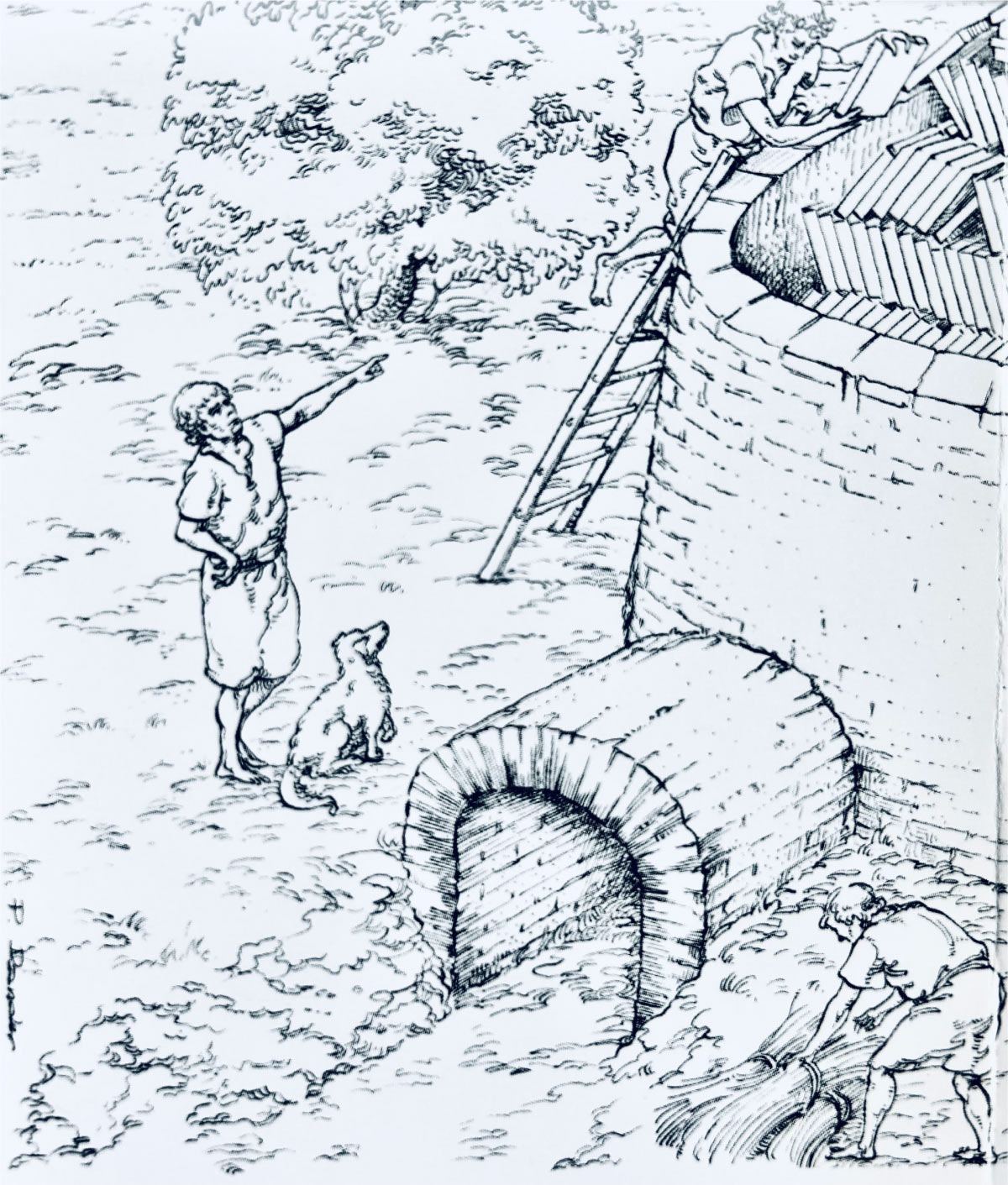
Contact us
NOVEMBER 2025, EXTRAORDINARY CLOSURES:
Saturday 29th
DECEMBER 2025, EXTRAORDINARY CLOSURES:
from Friday 5th to Monday 8th INCLUSIVE
OPENING HOURS:
Monday CLOSED
Tuesday 9:30 AM – 12:30 PM / 2:30 PM – 5:30 PM
Wednesday 9:30 AM – 12:30 PM
Thursday 9:30 AM – 12:30 PM / 2:30 PM – 5:30 PM
Friday 9:30 AM – 12:30 PM
Saturday TEMPORARILY CLOSED
Sunday 9:30 AM – 12:30 PM / 2:30 PM – 5:30 PM
